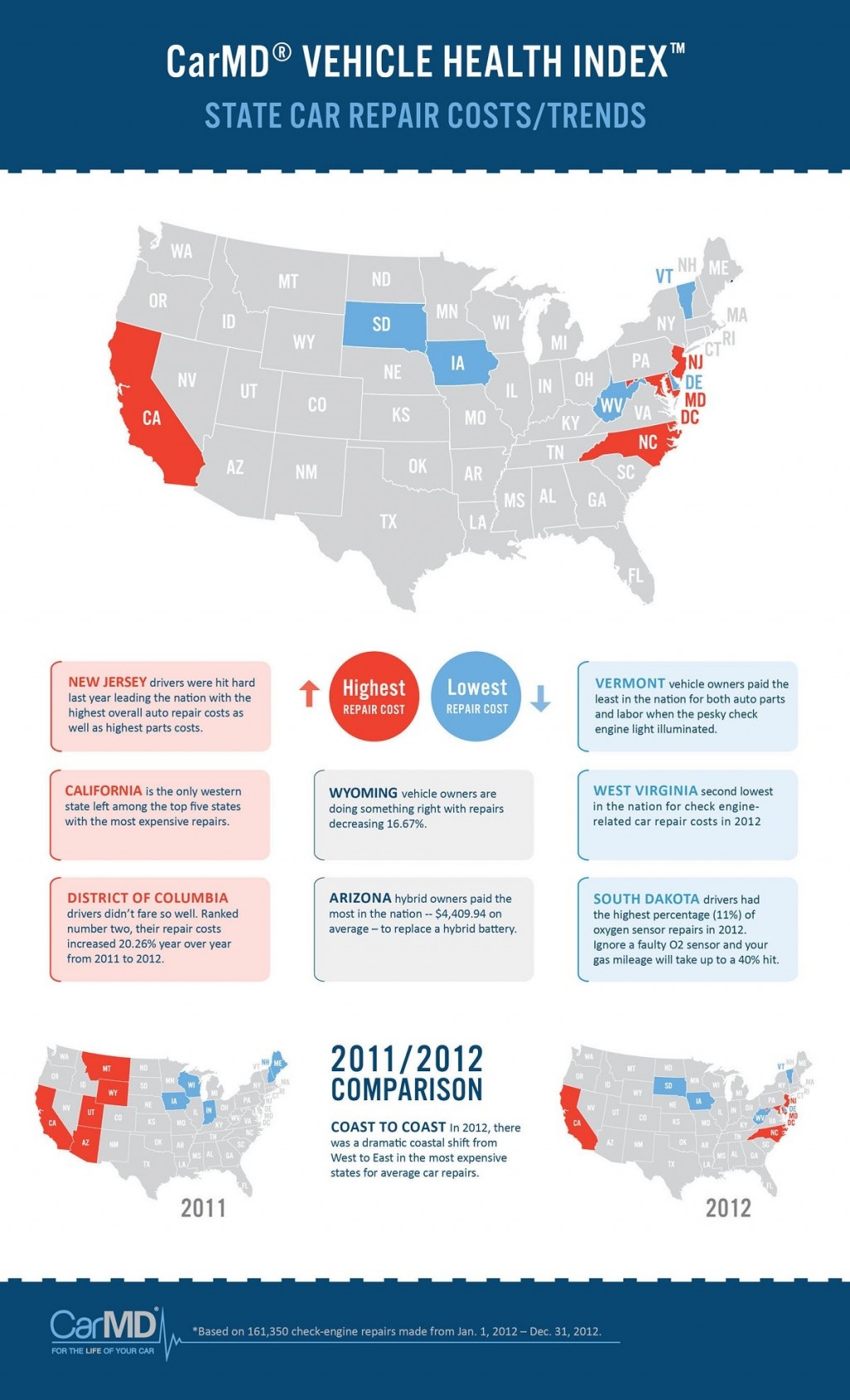Recognizing Your Car'S Caution Lighting: What Do They Actually Mean?
Recognizing Your Car'S Caution Lighting: What Do They Actually Mean?
Blog Article
Authored By-Termansen Torres
When you're behind the wheel, those glowing caution lights on your dashboard can be a little bit puzzling. Do you know what they're attempting to tell you about your cars and truck's wellness? Understanding Read the Full Document of these lights is crucial for your safety and security and the durability of your lorry. So, the next time among those lights pops up, wouldn't you want to decode its message precisely and take the necessary steps to resolve it?
Common Caution Lighting and Interpretations
Identify usual warning lights in your car and recognize their meanings to ensure secure driving.
One of the most regular warning lights include the check engine light, which signifies concerns with the engine or exhausts system. If this light begins, it's important to have your car examined promptly.
The oil stress advising light shows low oil stress, needing immediate focus to stop engine damages.
A blinking battery light might recommend a defective billing system, possibly leaving you stranded otherwise attended to.
The tire stress monitoring system (TPMS) light signals you to low tire stress, impacting vehicle security and fuel performance. Disregarding this can result in harmful driving problems.
The abdominal muscle light indicates an issue with the anti-lock stopping system, compromising your capability to quit promptly in emergency situations.
car washes open near me but not least, the coolant temperature level alerting light warns of engine getting too hot, which can cause serious damages if not dealt with swiftly.
Understanding these usual caution lights will certainly aid you deal with issues promptly and maintain secure driving problems.
Value of Prompt Attention
Understanding the typical caution lights in your automobile is only the very first step; the value of immediately resolving these warnings can't be stressed sufficient to ensure your security on the road.
When a caution light illuminates on your control panel, it's your vehicle's means of communicating a potential problem that needs focus. Neglecting these warnings can lead to much more extreme issues down the road, compromising your safety and security and potentially costing you a lot more out of commission.
Trigger attention to warning lights can prevent failures and accidents. For instance, a flashing check engine light might indicate a misfire that, if left ignored, can trigger damages to the catalytic converter. Resolving this promptly can save you from a pricey fixing.
Similarly, a brake system advising light may indicate reduced brake fluid or worn brake pads, critical parts for your safety when driving.
DIY Troubleshooting Tips
If you see a warning light on your control panel, there are a couple of DIY repairing ideas you can attempt before looking for professional aid.
The first step is to consult your cars and truck's guidebook to understand what the particular caution light indicates. Occasionally car clean near me can be as easy as a loosened gas cap causing the check engine light. Tightening the gas cap may resolve the trouble.
One more typical concern is a reduced battery, which can trigger various cautioning lights. Checking https://rowanpkfat.newsbloger.com/32706773/eco-friendly-cars-and-truck-explaining-products-you-must-try for deterioration and ensuring they're protected might deal with the issue.
If a warning light persists, you can try resetting it by detaching the auto's battery for a couple of minutes and after that reconnecting it. Furthermore, checking your automobile's fluid degrees, such as oil, coolant, and brake liquid, can help repair warning lights connected to these systems.
Conclusion
In conclusion, recognizing your vehicle's caution lights is essential for keeping your car running smoothly and safely. By quickly attending to these informs and recognizing what they suggest, you can stay clear of pricey fixings and potential failures.
Keep in mind to consult your automobile's handbook for specific details on each alerting light and take action as necessary to make sure a hassle-free driving experience.
Stay educated, remain risk-free when traveling!
